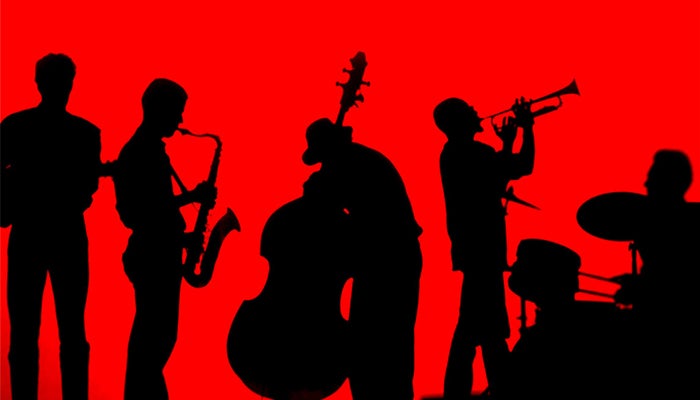Winter Festival: The Influence of Jazz

Opportunities, safety, refuge—these are all things that the United States offered to the composers whose music features in this week’s Winter Festival program. Upon arriving in America, they reacted to the extroverted lifestyle in their most natural means of response—composing music. Each composer was influenced in a different way. This particular inspiration became a two-way street; as the American inspiration fell upon these men, in turn, their time spent in the United States changed American history and American music forever.
One of the only evolved art genres that is truly an American original, jazz seemed like familiar territory to many of these immigrants, even though it was brand new. Things like the “blue note” concept of blues, dissonant harmonies and syncopated swing rhythms were theoretically ordinary concepts to composers like Martinů, Ravel, Rachmaninoff and even Dvořák, but it was when all of these elements were combined as requisites and how they were used that unlocked a whole new tonal space into which composers could move.
Ravel was exposed to it in 1928, during series of concerts he performed in America. He had a particular affinity for the extended harmonies, jazzy dissonances that he would capitalize on in his Piano Concerto in G Major. Rachmaninoff also gravitated towards these harmonies, although his sound was much more reserved and uniquely his own; the American influence in his Symphonic Dances lies in the instrumentation. Written in Centerport, NY, on the north shore of Long Island, the work includes an alto saxophone—an unconventional instrument in a traditional orchestra, but practically a requirement in any jazz band. Both of these composers take American approaches to their music, but the sound is refreshing, not contrived. They do not sacrifice their own voice in the process.
Martinů’s Thunderbolt P-47 is another example of this, especially in the realm of syncopated rhythms. Although at home in the practice of “off-beat” music, Martinů cautiously accepted Americanism in his music, rather than adopting it and making it his own. Also fond of jazz, the sounds that “don’t quite fit” became areas to explore for him. Martinů’s time in the United States became one of the best in his career, particularly for his orchestral output; he composed all six of his symphonies, which were widely accepted around the country. These symphonies found a home in America’s major orchestras and are used as a model for new American orchestral music.
These men arrived as foreigners, devoted to a central language by which to survive and be understood—music. The idioms that inspired them, or simply surrounded them, became natural colors in their music. Just as these composers adopted jazz, America eventually adopted them, revering the robust additions to its musical language. Rachmaninoff’s debut in Carnegie Hall in 1909, Ravel’s North American tour and Martinů’s professor appointments at major music schools and symphonic legacy all point to how the United States’ way of life eventually welcomed subtle manipulation of its new traditions and honored those who came and saw America, Inspiring.
Hear Rachmaninoff’s Symphonic Dances, Ravel’s Piano Concerto in G Major and Martinů’s Thunderbolt P-47 on Friday, January 19, at Richardson Auditorium in Princeton; Saturday, January 20, at State Theatre New Jersey in New Brunswick and Sunday, January 21, at NJPAC in Newark.